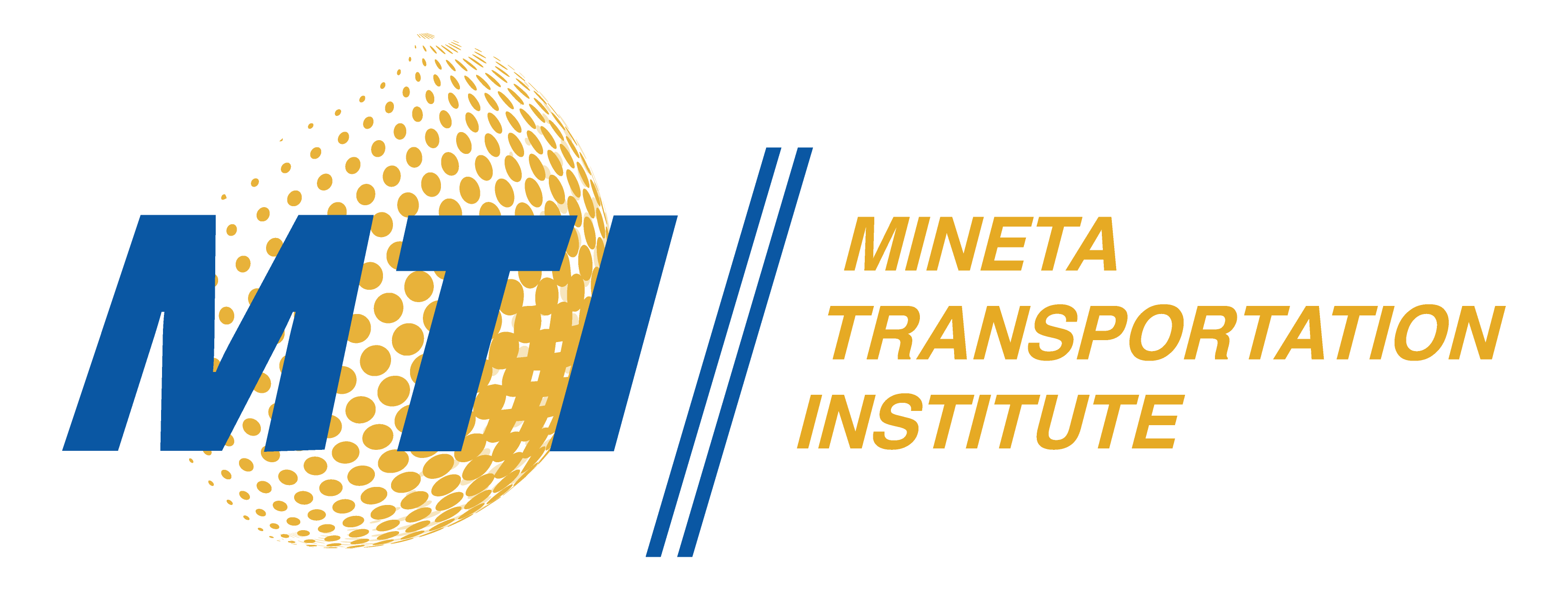Description
According to the National Highway Traffic Safety Administration, in 2017 drowsy driving resulted in 50,000 injuries across 91,000 police-reported accidents, as well as almost 800 deaths. Through the application of visual and radar sensors combined with machine learning, this research developed a drowsy driver detection system aimed to prevent potentially fatal accidents. The working prototype of Advanced Driver Assistance Systems can be installed in present-day vehicles to detect drowsy drivers with over 95% accuracy. It integrates two types of visual surveillance to examine the driver for signs of drowsiness. A camera is used to monitor the driver’s eyes, mouth and head movement in order to recognize when a discrepancy occurs in the driver's eye blinking pattern, yawning incidence, and/or head drop, thereby signaling that the driver may be experiencing fatigue or drowsiness. The micro-Doppler sensor in the system allows the driver's head movement to be captured at all times. Through data fusion and deep learning, the system quickly analyzes and classifies a driver's behavior under various conditions in real-time monitoring. This research could be implemented to reduce drowsy driving, thereby, making the roads safer for everyone and ultimately saving lives.
Publication Date
9-2021
Publication Type
Report
Topic
Transportation Engineering, Transportation Technology
Digital Object Identifier
10.31979/mti.2021.2015
MTI Project
2015
Mineta Transportation Institute URL
https://transweb.sjsu.edu/research/2015-Detecting-Drowsy-Drivers
Keywords
Intelligent Transportation Systems (ITS), Drowsy Driver Detection, Applied Machine Learning, Accident Prevention, Advanced Driver Assistance systems (ADAS)
Disciplines
Other Computer Engineering | Transportation
Recommended Citation
Hovannes Kulhandjian. "Detecting Driver Drowsiness with Multi-Sensor Data Fusion Combined with Machine Learning" Mineta Transportation Institute (2021). https://doi.org/10.31979/mti.2021.2015
Research Brief

